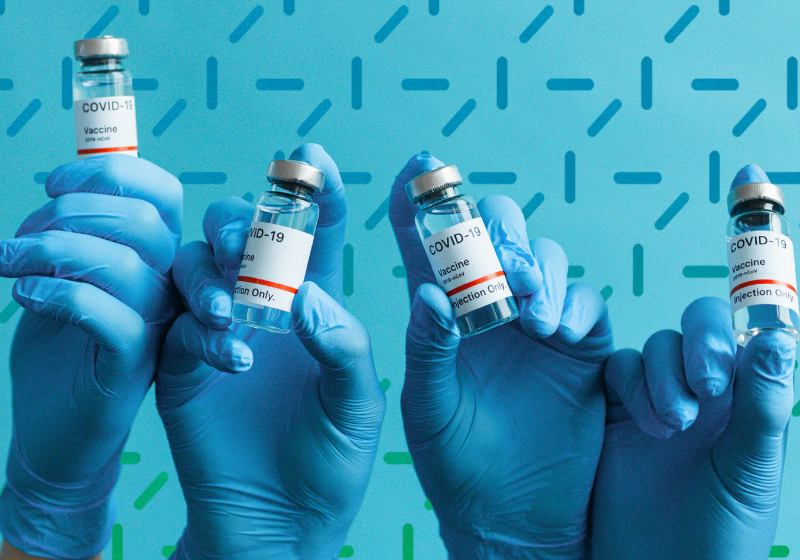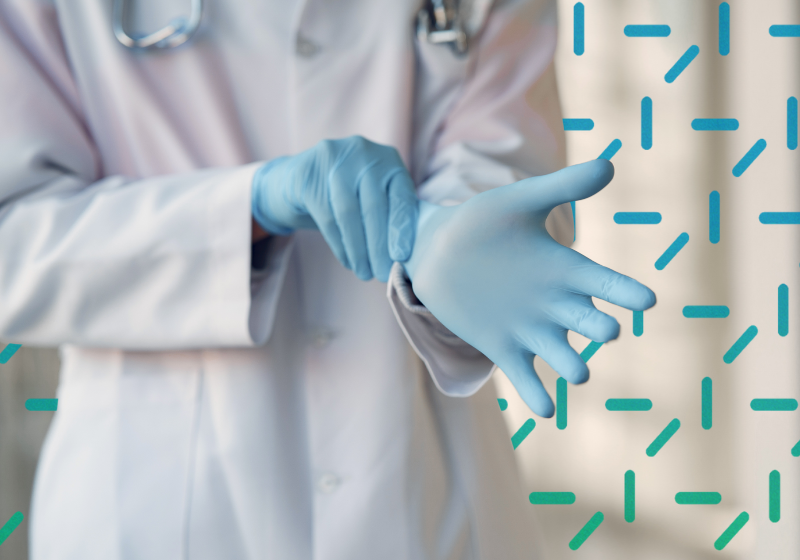The Endotoxin Testing Blog
CMD blog posts is your source for guidance, regulatory insight, and practical strategies in endotoxin testing.
Whether you're working in pharma, biotech, diagnostics or medical devices, this blog is built for scientists, QA teams, and regulatory leads. Each post is authored by our team of scientific and regulatory specialists to help you make informed, compliant, and cost-effective decisions.

Cartridge-Based Endotoxin Testing: Comparison of the Leading Solutions
Endotoxin testing is critical for ensuring product safety in pharmaceuticals, biologics, and medical devices. Modern cartridge-based Limulus Amebocyte Lysate (LAL) systems have transformed this process, offering speed, precision, and compliance. CMD’s αBET™ system represents the next generation of in-process endotoxin testing—reducing costs, expanding analytical flexibility, and ensuring robust results even in challenging sample conditions.

Endotoxin Testing Requirements for Haemodialysis
Endotoxin contamination is the most critical safety concern in haemodialysis. Since dialysis patients are exposed to large volumes of dialysis fluid several times per week, ensuring strict control of endotoxin levels is essential. In this article, we address the endotoxin limits, testing methods, and routine monitoring required by ISO 23500 and ISO 13959.

Endotoxin Testing: Traditional Small Molecule Drugs vs. Biopharmaceuticals
Endotoxin testing is changing fast. While traditional small molecule drugs are easily tested, modern biopharmaceuticals present new challenges — from complex matrices to costly, low-volume samples. CMD’s αBET® platform meets these needs with rapid, robust, near-infrared detection delivering confident, low-volume endotoxin results in minutes.

Choosing A Suitable Endotoxin Test
Pharmaceuticals that are contaminated with endotoxins lead to pyrogenic responses. In this article, read how to choose suitable endotoxin testing methods.

6 Common Mistakes in Endotoxin Testing and How to Avoid Them
his blog highlights the six most common mistakes in endotoxin testing and how to prevent them.


Endotoxin Water Testing of the River Taff – Insights from a Record-Breaking Cleanup
In Spring of this year, Kate Strong – a globally recognised adventure activist – set about organising a world-record breaking river clean-up. On March 21st, 1,327 people came together to clean the river across eight official locations as part of the #TaffTidy campaign. Cotton Mouton Diagnostics (CMD) supported the project by analysing water samples taken at each location to investigate how endotoxin levels vary along its course. The findings shed light on the complex relationship between environmental factors and bacterial contamination, offering insights for future water quality monitoring.

How to Validate an Endotoxin-Free Manufacturing Process
This blog outlines the validation process to demonstrate that a manufacturing facility or cleanroom consistently yields endotoxin-free outputs.

The Difference Between Endotoxin and Bioburden Testing
Ensuring the quality and purity of parenterally administered pharmaceutical drugs and medical devices is a key prerequisite for patient safety and for the generation of reliable and accurate laboratory results.

When and Why Do You Need Endotoxin Testing?
Endotoxins, which are strong pyrogens, are a component of the outer membrane of gram-negative bacteria. They are shed by gram-negative bacteria primarily during cell lysis and are widespread in the environment.
